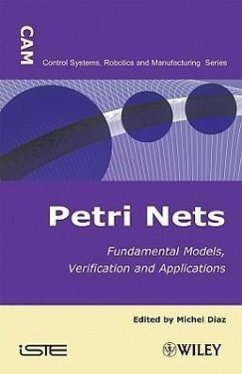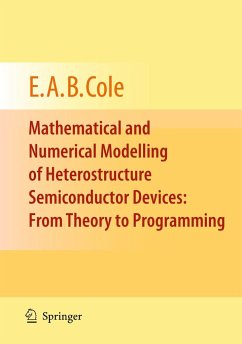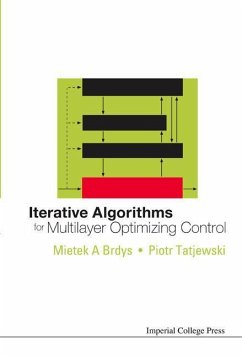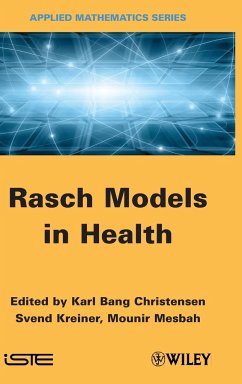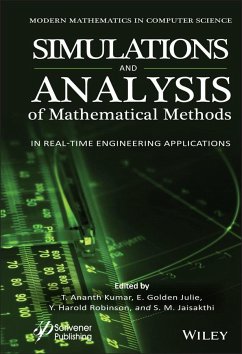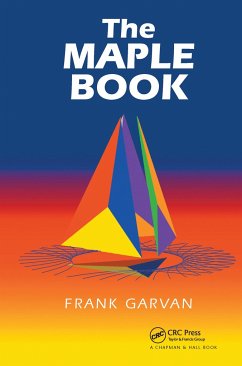
Building and Solving Mathematical Programming Models in Engineering and Science

PAYBACK Punkte
103 °P sammeln!
Fundamental concepts of mathematical modeling Modeling is one of the most effective, commonly used tools in engineering and the applied sciences. In this book, the authors deal with mathematical programming models both linear and nonlinear and across a wide range of practical applications. Whereas other books concentrate on standard methods of analysis, the authors focus on the power of modeling methods for solving practical problems-clearly showing the connection between physical and mathematical realities-while also describing and exploring the main concepts and tools at work. This highly co...
Fundamental concepts of mathematical modeling Modeling is one of the most effective, commonly used tools in engineering and the applied sciences. In this book, the authors deal with mathematical programming models both linear and nonlinear and across a wide range of practical applications. Whereas other books concentrate on standard methods of analysis, the authors focus on the power of modeling methods for solving practical problems-clearly showing the connection between physical and mathematical realities-while also describing and exploring the main concepts and tools at work. This highly computational coverage includes: * Discussion and implementation of the GAMS programming system * Unique coverage of compatibility * Illustrative examples that showcase the connection between model and reality * Practical problems covering a wide range of scientific disciplines, as well as hundreds of examples and end-of-chapter exercises * Real-world applications to probability and statistics, electrical engineering, transportation systems, and more Building and Solving Mathematical Programming Models in Engineering and Science is practically suited for use as a professional reference for mathematicians, engineers, and applied or industrial scientists, while also tutorial and illustrative enough for advanced students in mathematics or engineering.



